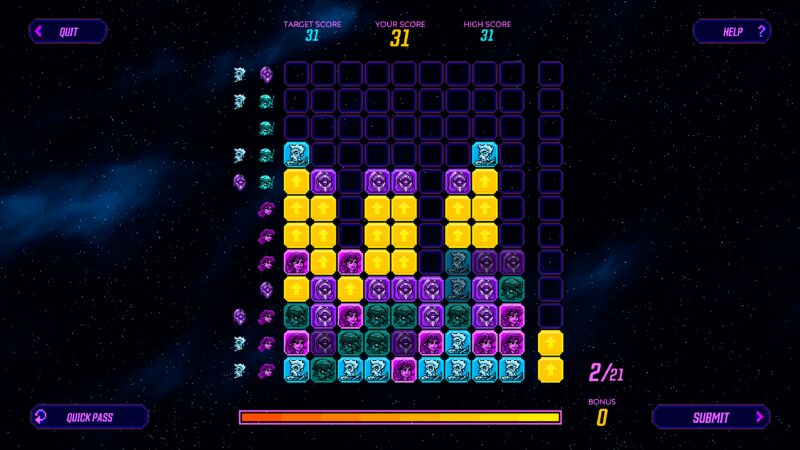Sneaking science into Borderlands: Inside the game inside a game

Enlarge / Line up those colors and close those gaps... for science!
In 2020, a new minigame appeared in the video game Borderlands 3, located in the resident scientist's laboratory on the spaceship Sanctuary III. Although the arcade game may seem like just another way to pass in-game time, the tile-matching puzzle game-Borderlands Science-has allowed millions of players to help map the human gut microbiome.
Borderlands Science is one of the first examples of a citizen science game being embedded in a mainstream video game; it translates players' tile matching into sequence alignment of microbial DNA strands that encode ribosomal RNA. Ultimately, this can help deduce the genetic relationships between different gut microbes-crucial information for demystifying the complex web of interactions among diet, disease, and microbiome.
Since launch, over 4 million gamers have played Borderlands Science, collectively solving over 100 million puzzles, making this one of the largest citizen science projects ever. Not only has the game generated huge player engagement, but the results have outperformed state-of-the-art computational methods, according to an analysis of the project published in Nature Biotechnology.